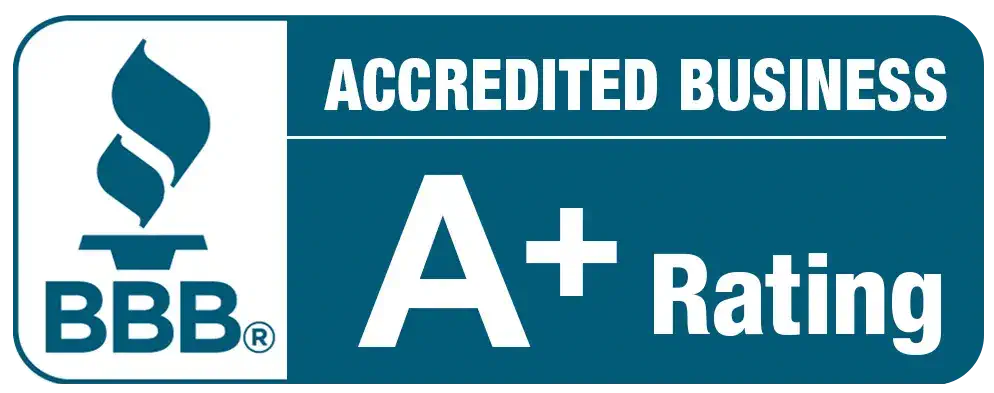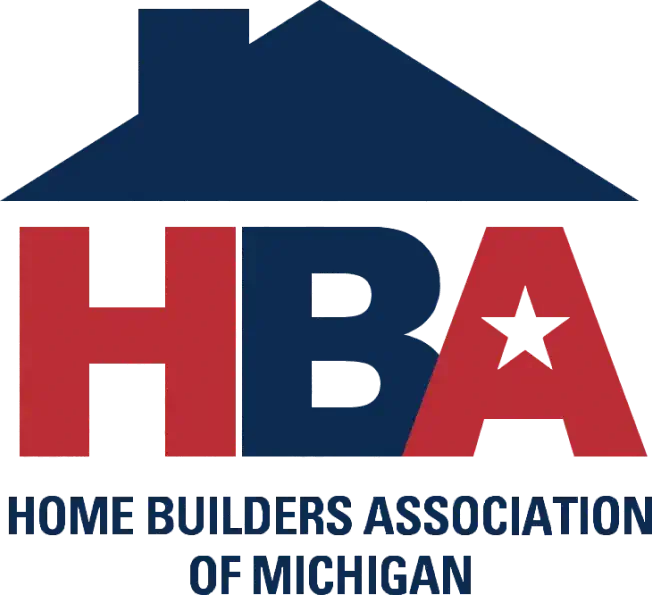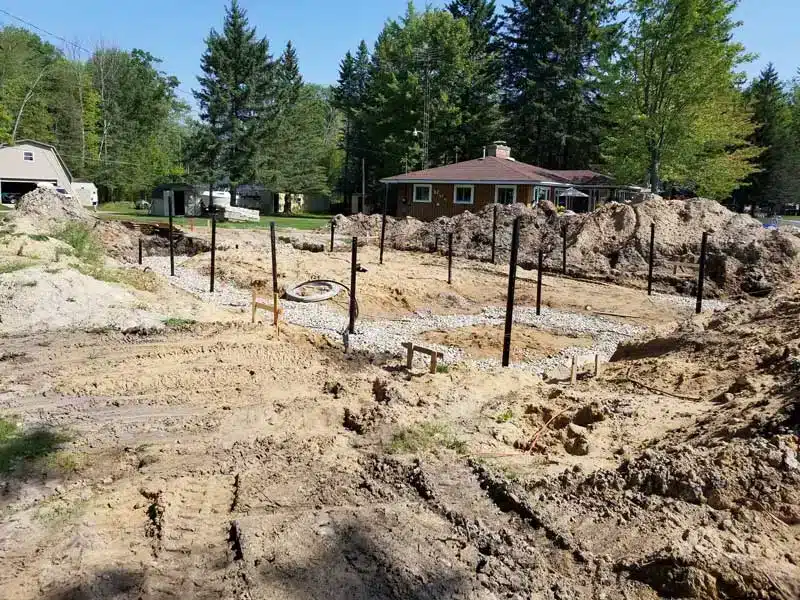Foundation issues can be a homeowner’s greatest concern. A damaged foundation not only affects the stability of your home but can also lead to significant structural issues if it is not addressed promptly. Fortunately, there are several proven foundation repair methods to restore the integrity of your home and prevent further damage. In this article, we will explore five of the best foundation repair techniques available today, detailing how each works, its pros and cons, and when best to use them.
Foundation Piering
Foundation piering is a common technique used to stabilize and repair settling foundations. This method involves drilling steel helical piers deep beneath the foundation to reach stable soil. These helical piers are then used to lift and stabilize the foundation.
How It Works
There are two primary types of piers used in foundation repair: steel helical piers and concrete piers. Steel piers are driven deep into the ground, while concrete piers are typically poured on-site and installed at various depths depending on the soil conditions.
Advantages
- Long-lasting solution: Steel piers, in particular, can last for decades because they are resistant to corrosion and damage.
- Effective for severe settling: This method is highly effective for fixing large foundation issues and can even lift a home back to its original level.
- Minimal disruption: Since piers are installed beneath the foundation, the repair process is minimally invasive, with little disturbance to the surrounding area.
Disadvantages
- Expensive: Piering can be a costly solution, especially for larger homes or extreme foundation problems.
- Requires professional expertise: Installing piers requires advanced equipment and expertise, making it a job for foundation repair professionals.
Wall Anchors
Wall anchors are a repair method used for bowing or leaning basement walls caused by lateral pressure from the soil surrounding the foundation. The process involves installing a steel anchor plate in the soil outside the home and connecting it to a wall inside the basement with a steel rod. The rod can gradually be tightened to pull the wall back to its original position, stabilizing it.
How It Works
A steel anchor is placed outside the home and connected to a steel plate inside the basement, which is then tightened over time to straighten the wall. This stabilizes the wall, keeping it upright despite lateral pressure.
Advantages
- Cost-effective: Wall anchors are generally more affordable than other repair methods like foundation piering.
- Minimal disruption: The installation of wall anchors typically involves only minor excavation outside the home and can often be completed in one day.
- No need for extensive repairs: Wall anchors can fix bowing walls without requiring major alterations to the existing foundation.
Disadvantages
- Limited effectiveness: While wall anchors can stabilize a bowing wall, they may not be able to fully lift the wall or correct significant damage.
- Aesthetic concerns: The steel plates used in wall anchor systems can be visible inside the basement, which some homeowners find unsightly.
Wall Braces
An alternative to wall anchors, wall bracers are another method of stabilizing bowing basement walls. These braces consist of steel beams that are installed against the walls, helping to prevent further movement. While wall anchors focus on pulling the wall back, wall braces merely provide additional support to keep the wall from shifting further.
How It Works
Wall braces are installed along the interior of the basement walls, securing the wall. This helps prevent further bowing caused by hydrostatic pressure or shifting soil.
Advantages
- Quick installation: Wall bracers are typically faster to install than wall anchors and require minimal excavation.
- Cost-effective: Generally, wall bracers are less expensive than methods like piering.
- Stabilizing: They provide long-term support for basement walls, preventing further movement.
Disadvantages
- Limited corrective power: Wall bracers do not provide the same level of wall restoration as anchors and are mainly used to stabilize the structure.
- Space-consuming: Wall braces take up space and may be less aesthetically pleasing than other methods.
Carbon Fiber Reinforcement
Carbon fiber reinforcement is an advanced, non-invasive method for repairing bowed or cracked foundation walls. It involves applying carbon fiber straps to the interior walls of the basement, providing a strong and flexible reinforcement that can hold the walls in place.
How It Works
Carbon fiber straps are adhered to the basement walls with epoxy resin, creating a tight, durable bond. The straps resist the forces pushing against the wall, helping to prevent further movement.
Advantages
- Cost-effective: Carbon fiber reinforcement is typically one of the most affordable foundation repair options.
- Fast installation: The installation process is relatively quick and does not involve heavy machinery or significant disruption.
- Aesthetic appeal: The carbon fiber straps are thin and unobtrusive, making them less noticeable than other repair methods.
Disadvantages
- Limited strength: Carbon fiber is effective for stabilizing walls but may not be the best choice for restoring severely bowed or cracked walls.
- Not suitable for all cases: This method is most effective when there are only minor to moderate issues with the foundation. It is not effective for large-scale structural damage.
How to Choose the Right Foundation Repair Method?
Several factors must be carefully considered when choosing the right foundation repair method. Here are some important things to keep in mind.
Get a Professional Inspection
The first step in selecting the right foundation repair method is to get a professional inspection. A foundation expert can assess the severity of the damage and the cause of the problem and recommend the best solution based on your specific needs.
Consider the Type of Foundation
Different foundation types (e.g., slab, crawlspace, or basement) may require different repair techniques. It’s important to choose a repair method that’s compatible with your home’s foundation to ensure optimal results.
Consider a Long-Term Solution
Foundation repairs can be costly, so it’s worth investing in a long-term solution. Methods like piering and carbon fiber reinforcement may cost more initially, but they provide lasting stability and prevent future issues.
Budget Considerations
Your budget will also influence your choice of repair method. Some methods, like wall braces, tend to be more affordable, while others, like helical piers, can be more expensive. Make sure to balance cost with effectiveness.
Repair Your Foundation
Choosing the right foundation repair method is crucial for your home’s stability and longevity. Whether you are dealing with a settling foundation, bowing walls, or cracked floors, there are a variety of solutions to consider. Always consult with a foundation repair professional to determine the best course of action based on your home’s specific needs. Contact Bluebird CFW Foundation Repair & Waterproofing today to schedule an inspection and get started on a long-lasting solution.





